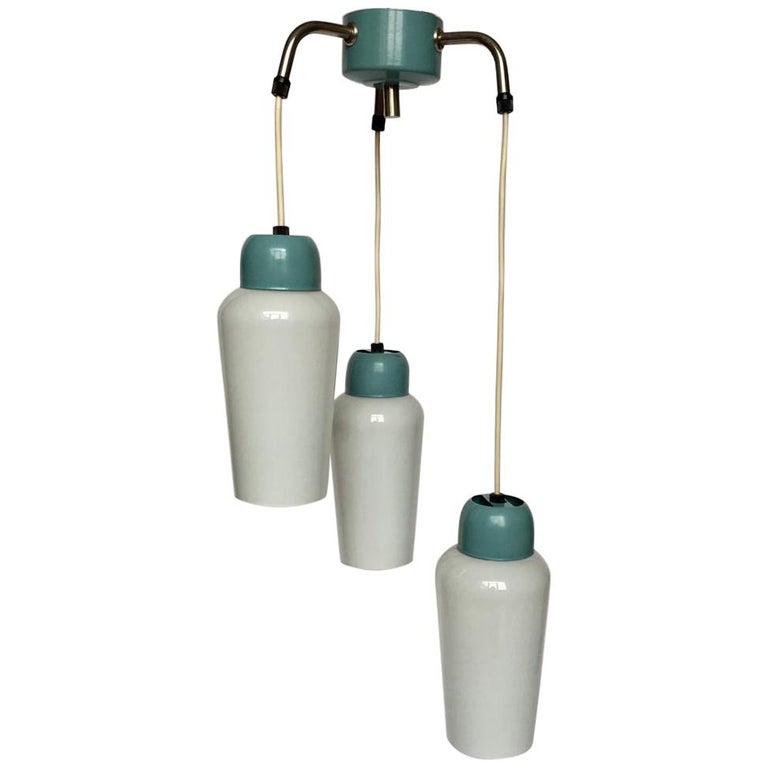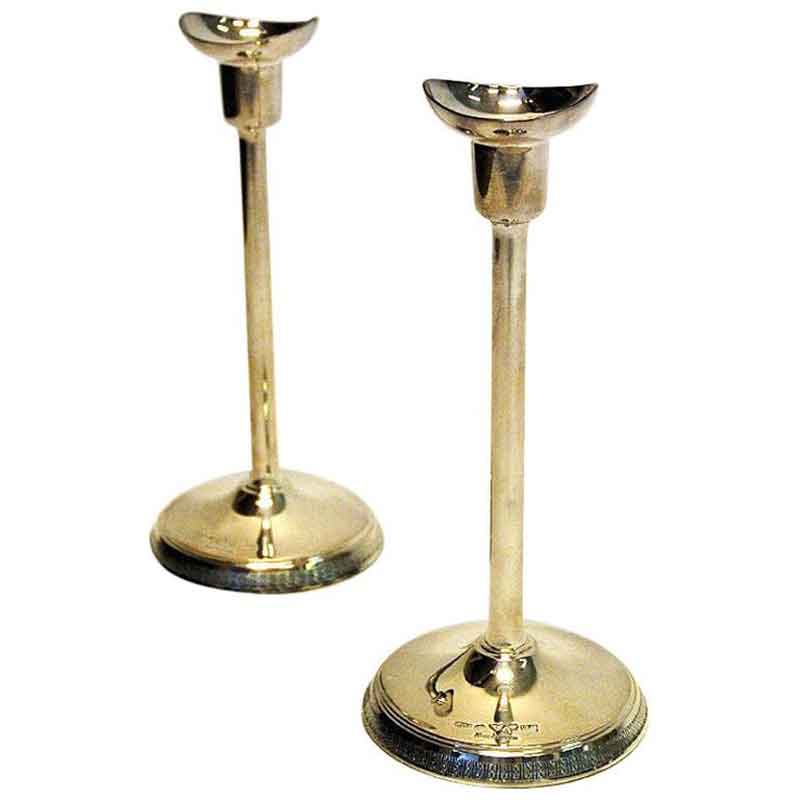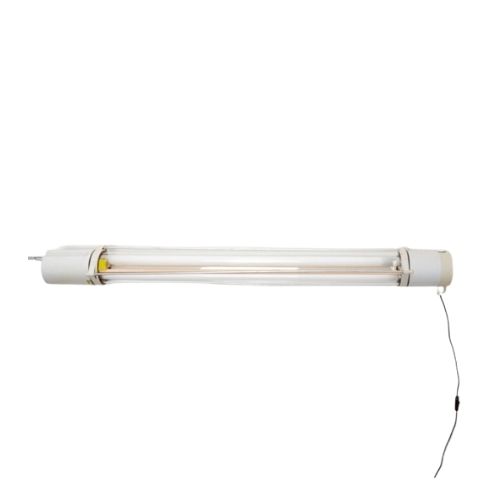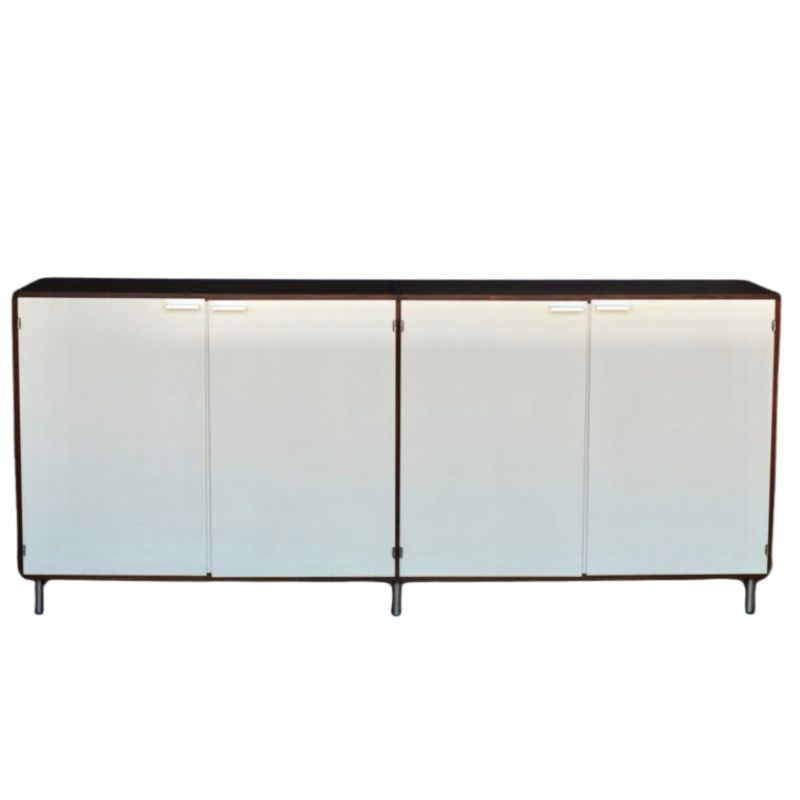Round two
I tried the mayonnaise and sadly it didn't work. Then I tried Mayo and a blow dryer, and I got a slightly dappled watermark (ever so slightly) and that was after 20 min of work. Surely if this was going to work it should have done more than slightly dapple!!
Got my first quote back from the refinisher and it costs(drum roll)$325. Which isn't so bad?? So, I'll try the denatured alcohol with a QTip as suggested and if that doesn't work it's off to the refinisher.
BAD
I've been trying to post a pic with no luck. Walnut is medium in color. If pine is yellow and walnut is brown, ebony is black/brown. Imagine a 1O" wide solid brown circle with 3" wide white circle-cloud in the middle. It's very noticeable.
And the more I think about it I might as well refinish it. I just wanted extra cash for the knoll sale in may. 🙁
I've always done my own refinishing through sheer necessity*
(*otherwise known as "near-poverty")
I've made my share of blunders along the way, but years of repairs, refinishing, reupholstering, and rewiring have resulted in more than just monetary savings--- you've a far better appreciation of the stuff if you've taken it apart & put it back together again. Good luck--
Let's see:
If the top is concave, power sanding is almost out of the question (there are ways, but never mind). Better to find a gentler remedy, anyway.
The cracks are between glued-up sections -- in the glue joint, in other words ? Well, it's the same as if they were elsewhere. If the wood can be squeezed together with a clamp, then glue can be inserted and the split mended. If not (as in this case, I expect), then a wood filler, or hot wax, are the cosmetic remedies. In either case, mask the crack carefully to avoid spoiling the adjacent finish.
Let's see -- someone said these stools have an oil finish ? I wonder if alcohol would work with that, if it also works with lacquer or varnish. (I doubt that production casework like the McCobb pieces would be finished with shellac -- and if they were, alcohol should immediately begin attacking the finish, as shellac is alcohol-borne. The alcohol wouldn't harm lacquer or varnish, I don't believe. As those are almost surely veneered cases, serious water damage may have bulged the substrate, in which case sanding the veneer flat would risk sand-throughs.)
Steaming: I first saw this being done to pieces at a Connecticut plant we visited from school, where case pieces (a finished desk was being touched up) designed by Jens Risom were made. The process works very well with maple and poplar (often just a drop of warm water will do it) and other hard and soft woods, ideally to raw wood. An iron is heated to high, a clean rag is wetted and wrung, a drop of water is placed on the dent and the folded corner of the rag placed over the dent, and the tip of the iron is pressed to the rag on top of the dent, until steam is produced. The steam penetrates the wood and presto. If it's going to happen it happens. Repeat as necessary with another corner of the rag.
I almost never do this to finished wood so can't vouch for the effect on different finish materials.
Youtube video/ steaming dents from wood
This guy's coiffure doesn't exactly inspire confidence, but he seems to know wood...
http://www.youtube.com/watch?v=cdtsa4Sazvw
VICTORY!! All hail Jasco!!
So I went to the hardware store to pick up denatured alcohol. And the owner asked what I was using it for. I told him and he says, no, no, no, you want Jasco. I said OK because it was mentioned here. I bought this little white jar for $6.50 and inside is a folded yellow cloth soaked in who knows what. Well I started rubbing that spot and BEHOLD the water mark began to disappear! I was shocked!! I kept rubbing and it kept fading. I started this on Friday and I was planning to go away for the weekend. So I left the stool with the Jasco stuff on it. When I came back on Sunday the water mark was gone! Completely gone! I want to thank everyone for their help! The water mark was fixed for approximately $6.50. I wish I could show you before and after pics!
Exactly.
Only, don't call him wizened to his face -- it actually means old and wrinkled, not ancient and wise. (I made the same mistake six months ago. My friend forgave me. . .)
No, there's nothing wrong with some extra water and heat -- it won't raise dents that aren't there. But wood should be dried as soon as possible after getting wet, so sloppy rag work just means extra drying.
Congratulations ! Now we all know another trick. And thanks to William-Holden-Caulfield for first mentioning Jasco, above. . .
Great find.
'Jasco ring...
Great find.
'Jasco ring remover cloth'.
(now that is a hint!)
But now i want to read the packaging. I have a few mystery cans with
a cloth inside. Must be vintage since no ingredients are listed. Like Brasso.
Smells like lighter fluid.
I thought Jasco was a preservative but it must just be a brand name?
What's in it? Could a solvent and a petroleum be distributed in a cloth? and
put in a can?
Who cares! It worked!...and for 6.50
(actually i would like to know why)
Yes it is curious
I examined it closely last night and I saw a slight ring with a flashlight. Without the flashlight I can't see a thing. I tried doing some research on the product and no luck. I guess the formula is a closely guarded secret.
Also, thank you for the reccommendation on Olek Lejbzon restorers. I inherited a Victorian table and it's in bad shape.
If you need any help, please contact us at – info@designaddict.com









